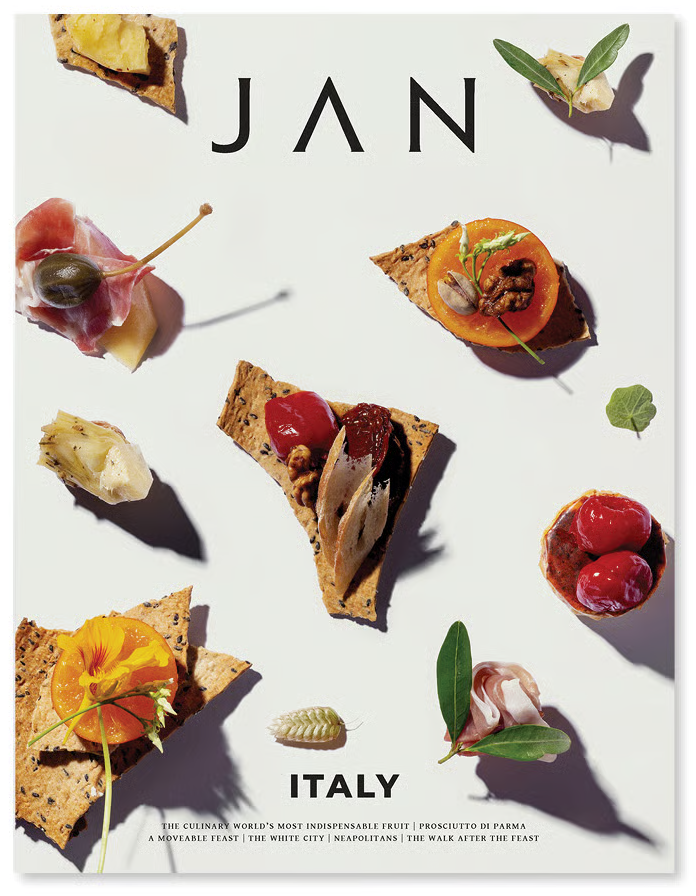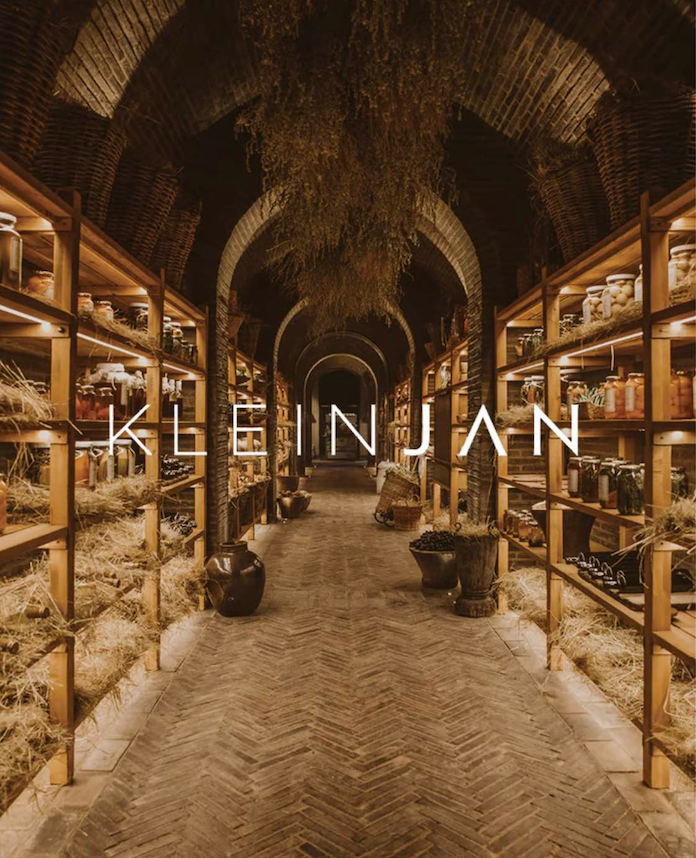The thrill of the forage
An ode to the trials and tribulations of foraging
Mankind has been foraging since the dawn of time, it’s an act that has informed our cultures, diets and even currencies for millennia, and it still has a place in our dining habits today. Understandably, most of us probably get our produce pre-cut and washed right out of plastic bags and don’t really have the opportunity to grow or forage for our own, but for the lucky few who can enjoy the opportunity it’s a brilliant means of exploring and connecting with nature.

At Restaurant Klein JAN in the beautiful Tswalu Kalahari, the surrounding natural wilderness influences everything from our daily practices to our menu, and as the seasons and landscape change so do our offerings. Foraging in the areas around Klein JAN is a fantastic way to connect with the Kalahari and learn more about it. It’s been just over a year since we first opened our doors and we’re still exploring and enjoying some exciting surprises.
The recent heavy rains in the Kalahari have led to a spurt in the prized Kalahari truffle, or n’abbas, which sometimes don’t appear for years. Betrayed only by a crack in the red earth, the rare fungi is a very welcome addition to the kitchen in the rare instances we can find them, and should be as prized as its European cousin, the black truffle.
Then there’s the boscia tree, for which the century-old Boscia house is named. Its roots can be used to make a coffee and it’s used as an ingredient in the jus we serve in the current main course. The Kalahari cucumber is another prized find that we pickle for the cheese room and use for our hydration course, we use a gemsbok cucumber for jam along with Tsamma melons, and lavender fever berry is used for water at Boscia House. Then there’s the Buffalo thorn that we use in our lamingtons, affectionately nicknamed ‘Wag ‘n bietjie’ thorns because they usually catch your clothing and it takes a while to free yourself.
These natural finds are a welcome addition to our offering and a perfect way of not only connecting with the surrounding nature, but celebrating it by putting Kalahari produce and cooking centre stage and sharing it with all our guests.

PUTTING THE RIGHT FOOT FORWARD
Foraging the Kalahari might not be for the faint of heart, or the improperly dressed. It’s important to ensure you have the correct footwear required, and we rely on the aptly named Veldskoen.
The word “veldskoen” was first documented by the Dutch settlers who arrived in Southern Africa almost 400 years ago and it directly translates to “field shoes”. However, according to Khoisan tribal folklore, there were leather shoes cut from a single hide, made and worn by the tribe as far back as 1000 years before that.
Today the Veldskoen brand’s shoes are handcrafted in South Africa and each pair is hand-stitched with extreme care and attention to detail. Reimagining and improving a heritage product has resulted in signature colourful soles and laces, as well as the design of the Veldskoen Chelsea Boot. The Chelsea boot, with its elastic gusset, was originally designed for Queen Victoria, by her shoemaker Joseph Sparkes Hall. The boot was popular with men and women alike for hunting and horse riding, and today the design is perfectly suited to survive the harsh elements of the Kalahari while offering comfort and flexibility.















